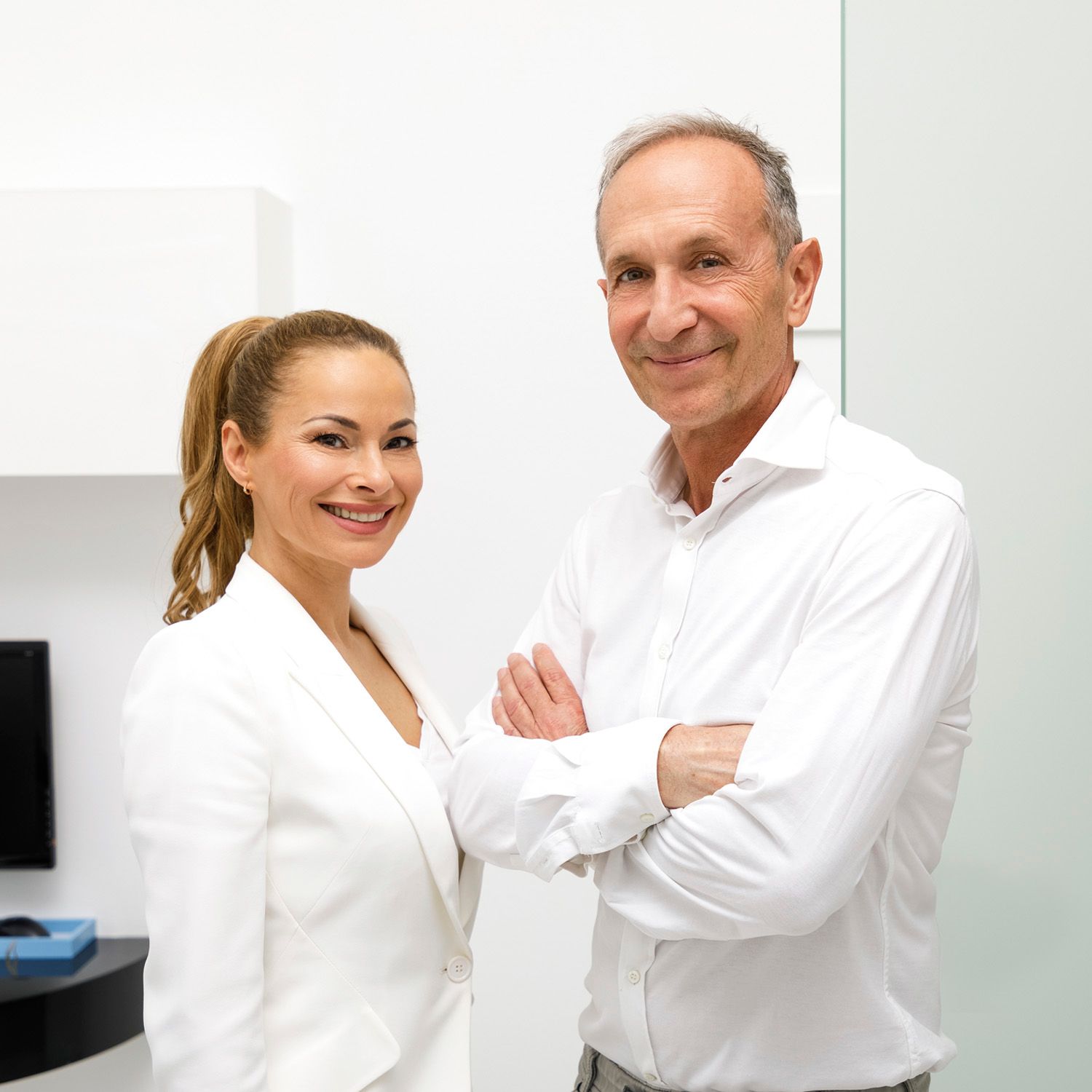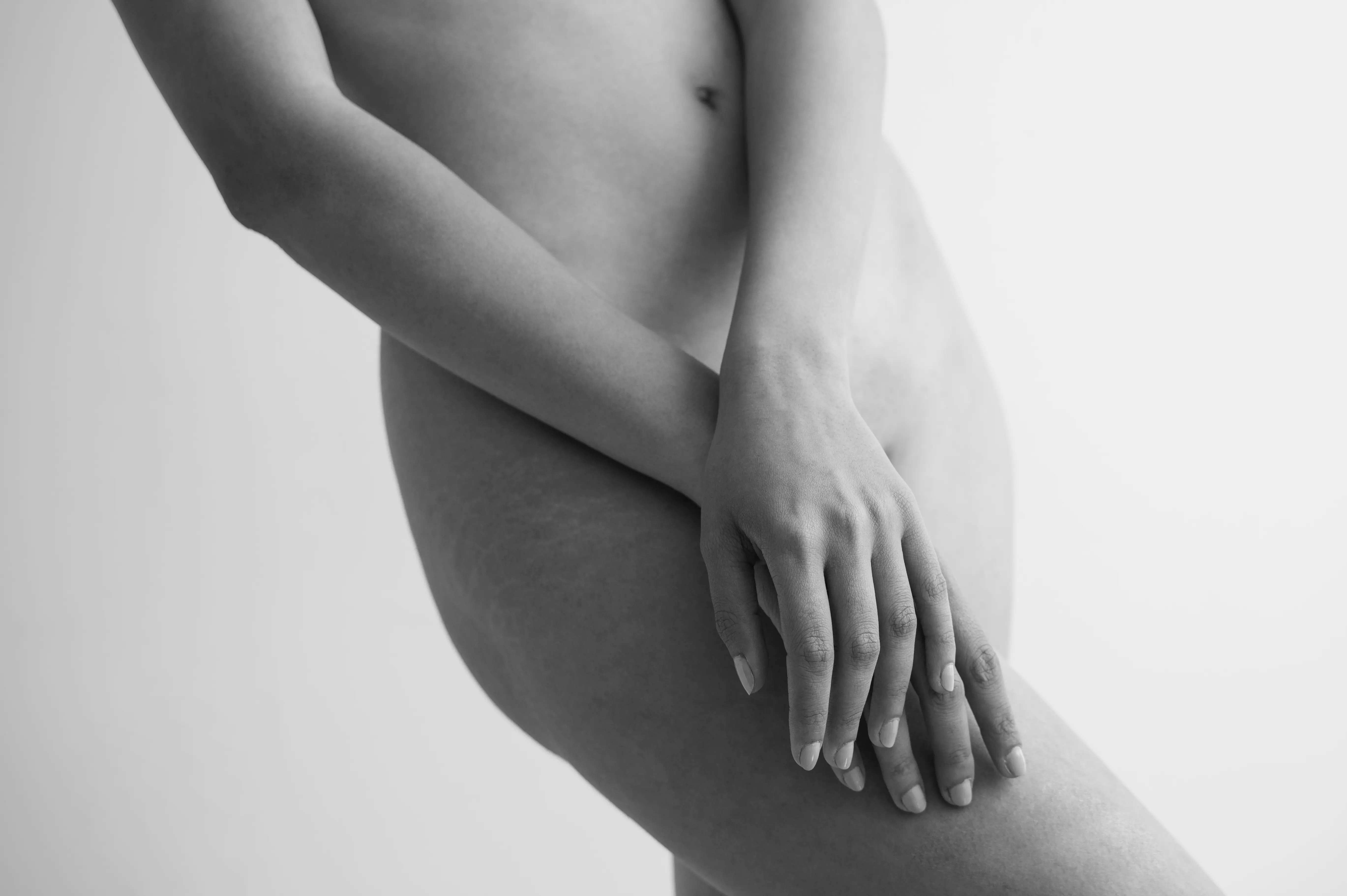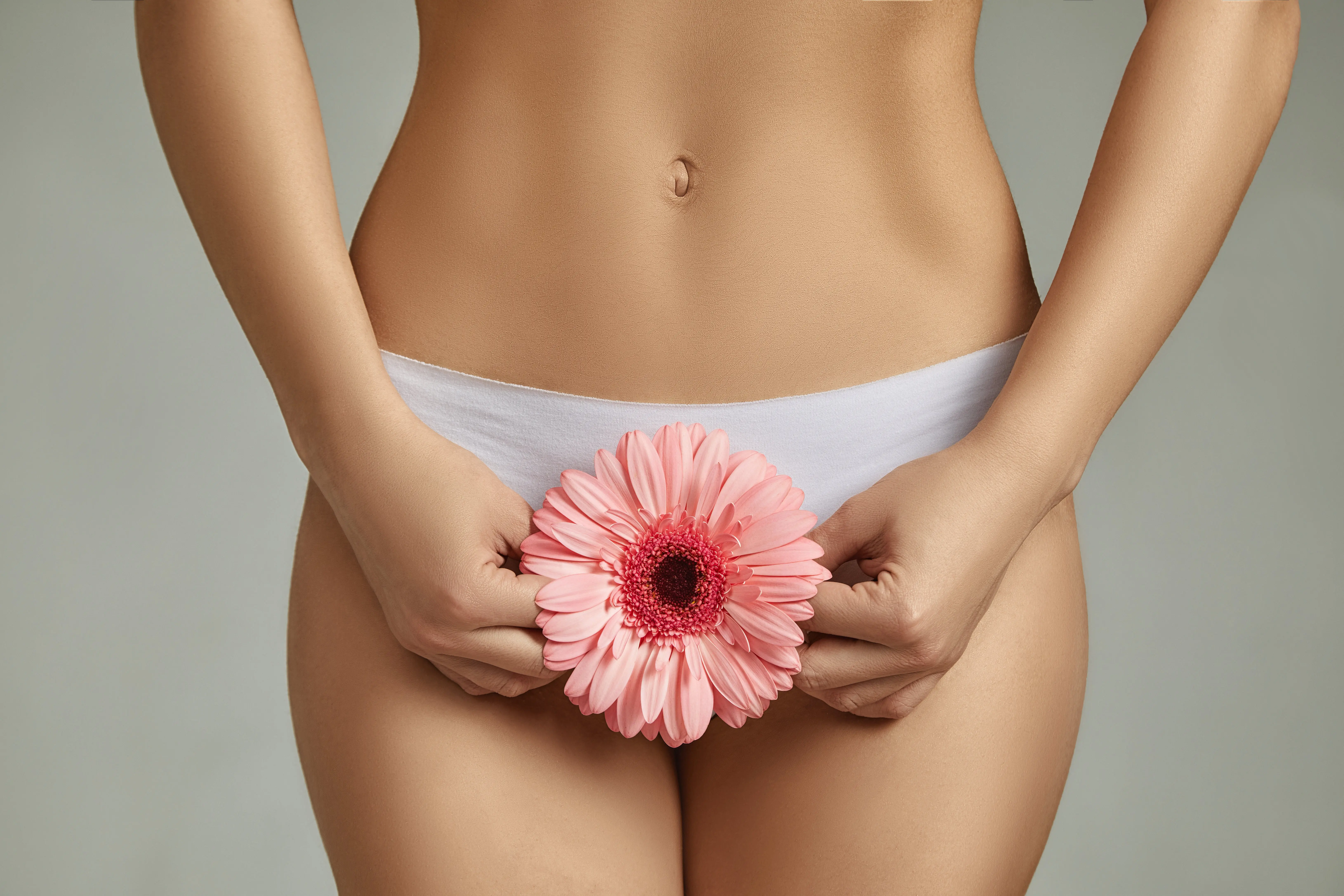Other Treatment Methods
- Dental anxiety / pain-free dental treatment
- Dental prosthesis
- Digital dentistry
- Gum treatment
- Orthodontics
- Pediatric dentist
- Prophylaxis / Professional Teeth Cleaning (PZR)
- Root canal treatment / Endodontics
- Sports dentistry
- Teeth grinding and CMD (Craniomandibular Dysfunction)
- Teeth whitening / Bleaching
- Veneers (dental shells)
Prophylaxis / Professional Teeth Cleaning (PZR)
Professional tooth cleaning (PZR) is a main component of dental prophylaxis. It is understood to mean the mechanical cleaning of the teeth, which goes far beyond what every person does daily at home.
Why do you need professional teeth cleaning?
A coating of food debris and bacteria forms on teeth after 1 to 2 days, known as plaque. This biofilm consists of billions of bacteria that develop a vigorous metabolism, digesting food residues and excreting acids and cell toxins. These aggressive substances cause tooth damage (tooth decay), gum inflammation (gingivitis) or even bone loss (periodontitis). Despite thorough dental care, many patients find it difficult to reach all spaces and niches in the oral cavity and remove these bacteria. The resulting coatings become discolored due to influences such as smoking or through the food contained food coloring turn brown.
Professional tooth cleaning should be carried out regularly every 6 to 12 months. The frequency depends on individual factors. Studies show that hygiene and dietary habits have a decisive influence on oral health. In the case of caries-active teeth or periodontal predisposition, PZR should be carried out at least every 3 to 6 months. In addition, the regular use of fluorides, which harden the tooth enamel, is recommended after each PZR treatment.
Effectiveness of professional teeth cleaning
Studies as early as the 1980s have shown that regular systematic teeth cleaning can significantly reduce the risk of periodontitis and caries – and thus the likelihood of dental disease. The long-term success of regular systematic caries and periodontitis prophylaxis has been proven.
Procedure of professional tooth cleaning
The PZR is performed by trained professionals. These are Dental Prophylaxis Assistants (ZMP), Dental Assistants (ZMF), or Dental Hygienists (DH). As long as they are clinically visible and accessible, the PZR includes the complete removal of hidden soft and mineralized dental deposits above (tartar) and below (concrete) the gum line. Hand instruments (including special scrapers, fine sandpaper, brushes, or dental floss) and ultrasonic devices are used for this purpose. Discolorations and deposits on tooth surfaces or crowns that may remain can then be removed with a powder jet and polished with a rotating rubber cup and prophylaxis paste. This smooths the tooth surfaces and makes it harder for deposits to adhere again. Finally, to protect the enamel, all tooth surfaces are treated with a special fluoride varnish.
Other Treatment Methods in this Department
Experts for this Treatment Method

- Aesthetics & Function in Dentistry
Dr. Dr. Ákos Fehér
Fehér Dental Team, Smile Lounge
- Aesthetics & Function in Dentistry
Dr. med. dent. Malte Schönrock M.Sc., M.Sc.
Dent Aesthetic
- Aesthetics & Function in Dentistry
Jan Kurtz-Hoffmann
Zahnärzte im Roßbachpalais
- Aesthetics & Function in Dentistry
Dr. med. dent. Tore Thomsen
Zahnarztpraxis Dres. Thomsen & Kollegen
- Aesthetics & Function in Dentistry
Dr. med. dent. Oliver Brendel
Dinkelacker & Brendel
- Aesthetics & Function in Dentistry
Zahnarzt Robert Svoboda M.Sc.
ZahnGesundheit OberkasselAll Experts in this Department
Show All
- Aesthetics & Function in Dentistry
Dr. Dr. Ákos Fehér
Fehér Dental Team, Smile Lounge
- Aesthetics & Function in Dentistry
Dr. med. dent. Malte Schönrock M.Sc., M.Sc.
Dent Aesthetic
- Aesthetics & Function in Dentistry
Jan Kurtz-Hoffmann
Zahnärzte im Roßbachpalais
- Aesthetics & Function in Dentistry
Dr. med. dent. Tore Thomsen
Zahnarztpraxis Dres. Thomsen & Kollegen
- Aesthetics & Function in Dentistry
Dr. med. dent. Oliver Brendel
Dinkelacker & Brendel
- Aesthetics & Function in Dentistry








